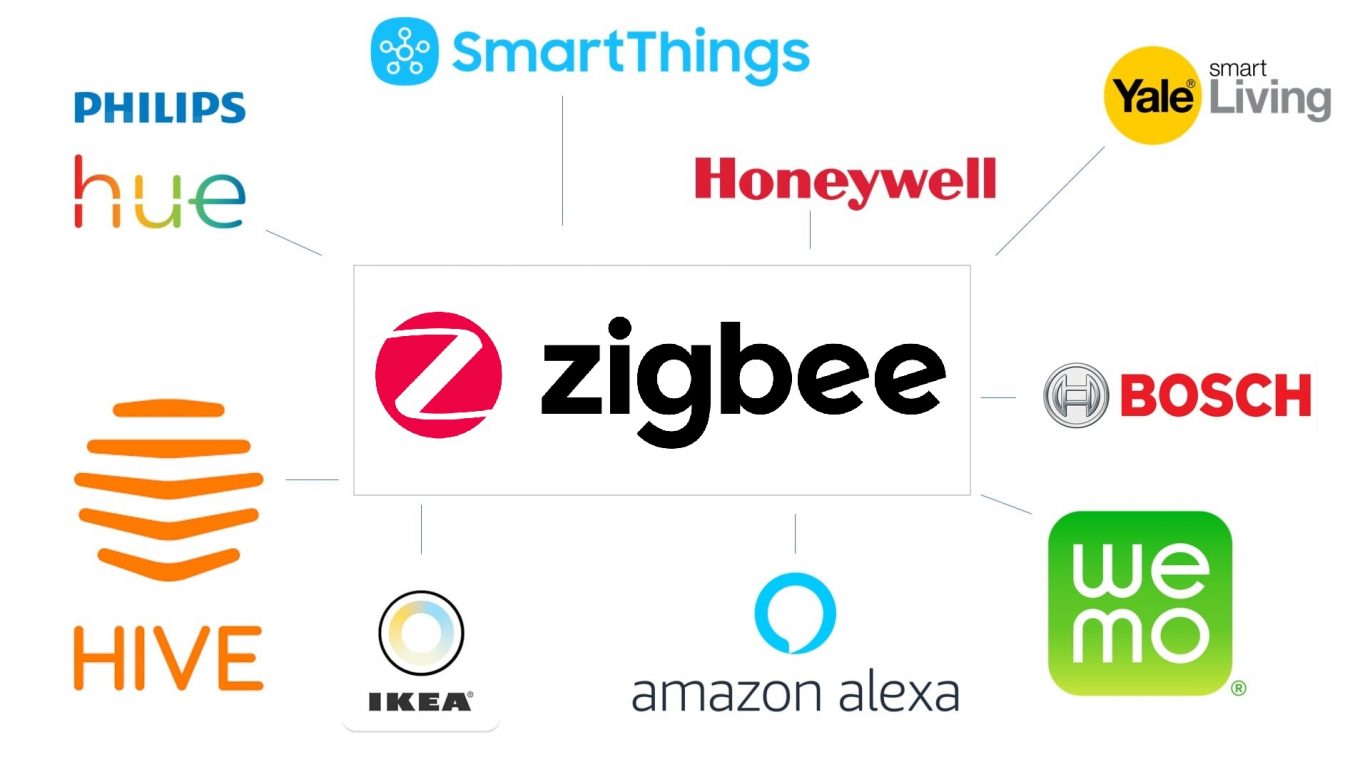zigbee
Zigbee is a wireless communication protocol designed to create a network for low-power devices. It was developed to enable simple and reliable communications between different types of devices in smart homes and the Internet of Things (IoT).
The main features of the Zigbee protocol include:
Low Power Consumption: Zigbee is designed to have low power consumption, allowing for long battery life in wireless devices.
Reliable communication: The Zigbee protocol uses a network routing technique, which means that devices can communicate with each other through other devices on the network, ensuring reliability and signal range.
Small data packets: Zigbee uses small data packets, which reduces power consumption and enables efficient communication.
Security: The Zigbee protocol includes features for secure communication, such as encryption and authentication, which reduces the risk of unauthorized access to networks.
Zigbee is used to connect various devices in smart homes, such as smart lighting, thermostats, locks, sensors, load switches and other IoT devices. This protocol provides a reliable and efficient way to integrate different devices and allows them to communicate with each other and with a central control system.
The ZigBee Alliance was founded in 2002. It is a group of companies responsible for developing and bringing the standard to market.
The name ZigBee is a registered trademark and it is not a single technical standard, but application profiles. The Alliance publishes these application profiles that enable manufacturers and vendors to create products that communicate with each other.
Thanks to its success, the alliance has grown and currently has more than 500 members, including the most famous ones such as: Philips, Ikea, Legrand, Amazon and Samsung SmartThings.

ZigBee as a standard is based on the IEEE 802.15.4 radio specification and operates on unlicensed radio waves including 2.4GHz, 900MHz and 868MHz. The 802.15.4 specification has been operating under ratification by the Institute of Electrical and Electronics Engineers (IEEE) since 2003.
The 802.15.4 specification is based on radio packages designed for low-cost, battery-powered devices. The technology allows devices to communicate in different network topologies while maintaining battery life of up to several years.
Thus, ZigBee was developed to create home networks with low-power devices for purposes such as home automation, data collection for medical devices, and other small-scale projects that require wireless connectivity. It is a wireless ad-hoc network with low power consumption, low data transfer rate and limited range (suitable for personal use).
ZigBee technology is intended to be simpler and cheaper than other wireless personal area networks (WPANs) such as Bluetooth, or more general wireless networks such as Wi-Fi. Typical application areas are wireless light switches, home energy consumption meters and monitors, heating control systems, and other consumer and industrial devices that require low-range wireless data transmission.
Its low power consumption limits direct transmission distances to 10 to 100 meters, depending on performance and environmental characteristics. Like any wireless technology, it does not matter whether the radio waves are to pass in an open space (where the range can be up to 100-150m) or inside a building (with a range of 10 to 35m).
However, devices with this technology can also transmit data over greater distances by forwarding each incoming data in the form of data packets. This is called mesh networking and it has much more significance for home automation, such as e.g. Bluetooth technology, where data is sent exclusively between end devices on a point-to-point basis.
ZigBee networks are secured with 128-bit symmetric encryption keys and have a defined speed of up to 250 kbit/s, which is best suited for transmitting data from sensors, switches, locks and other small devices.
